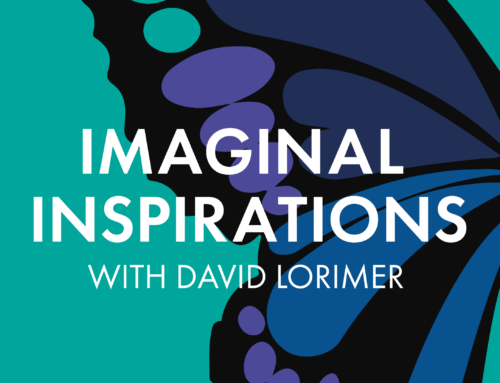About fifty years ago, Dr. Bruce Greyson was eating pasta in the hospital cafeteria when his beeper went off. Startled, he dropped his fork and left a drop of spaghetti sauce on his tie.
Greyson, a psychiatrist, was urgently needed in the ER to treat a college student who had overdosed. With no time to change his dirty tie, he grabbed a white lab coat and buttoned it up to hide the stain.
In the ER, he found the student unconscious on a gurney, her breathing slow but regular. He called her name — “Holly” — and tried to rouse her. But she didn’t stir.
Greyson left Holly and met her roommate, Susan, at the end of the hall in the lounge. Unbuttoning his coat, he sat down and asked Susan to recount everything that had happened.
The next morning, Greyson returned to work at the hospital. Though Holly was awake, she was also groggy, her eyes closed.
Greyson leaned in.
“Holly, I’m Dr. Greyson,” he said.
Holly stirred.
“I remember you from last night,” she mumbled.
Greyson was confused.
“I didn’t know you could see me,” he said.
“Not in my room,” Holly muttered. “I saw you talking with Susan, sitting on the couch.”
Suddenly Holly opened her eyes, looked Greyson in the face and added, “You were wearing a striped tie that had a red stain on it.”
Greyson was shocked.
“What?” he said.
Holly went on to recount Greyson’s conversation with her roommate and nailed every detail.
“My immediate reaction was almost terror: This can’t be happening,” Greyson told The Post. “After a few days, I thought this couldn’t have happened. It must be some trick that people played on me.”
The encounter, however, continued to gnaw at him. Greyson began studying these so-called near-death experiences (NDEs) from a scientific standpoint, collecting hundreds of stories from those who’ve had them. He discovered that Holly’s experience was not unique and that many people who survive the jaws of death report strange out-of-body experiences.
Since meeting Holly, Greyson has published hundreds of academic papers and co-founded the International Association for Near-Death Studies. His search for answers is chronicled in his new book “After: A Doctor Explores What Near-Death Experiences Reveal about Life and Beyond” (St. Martin’s Essentials), out March 2.
According to Greyson’s research, near-death experiences are fairly common. Some 10 percent to 20 percent of people who come close to death report them — about 5 percent of the population at large.
“Back in the ’80s when someone had this experience they thought they were the only person who had it,” says Greyson, now a psychiatry and neurobehavioral sciences professor at the University of Virginia School of Medicine. “It’s increasingly common for people to feel comfortable talking about them.”
No two NDEs are exactly alike, but Greyson has cataloged a few common elements.


